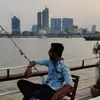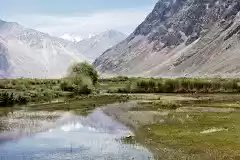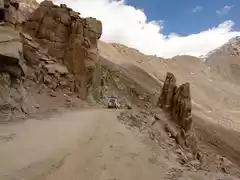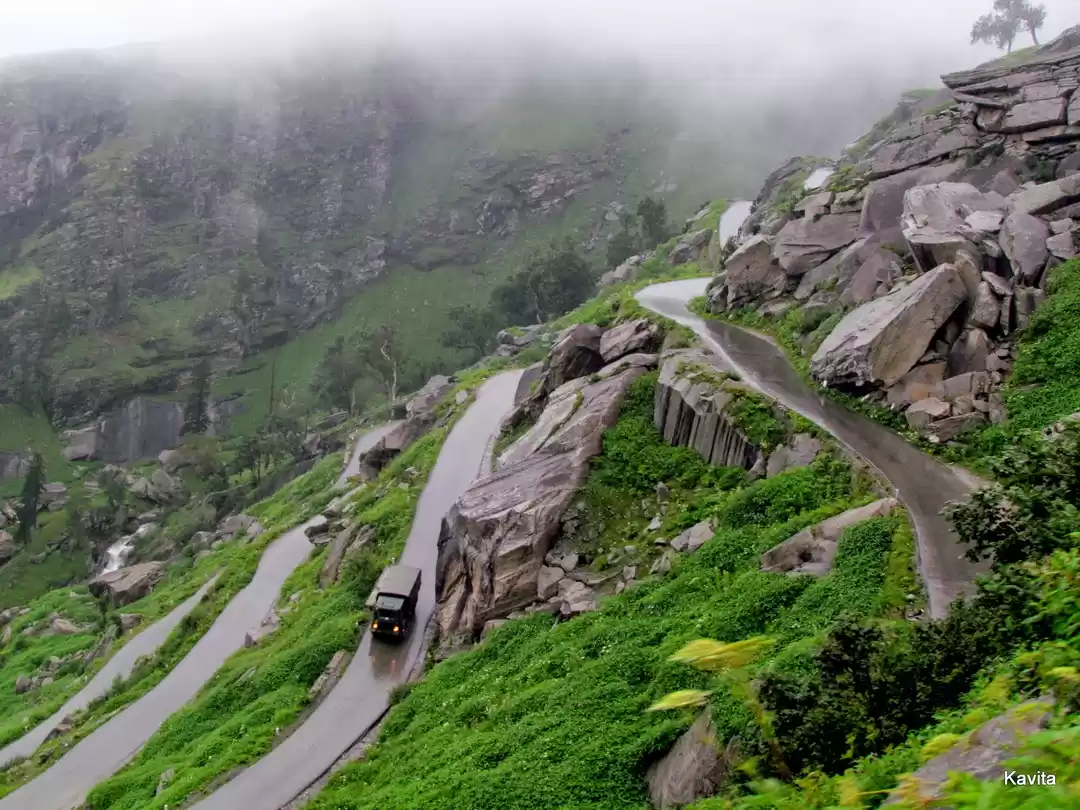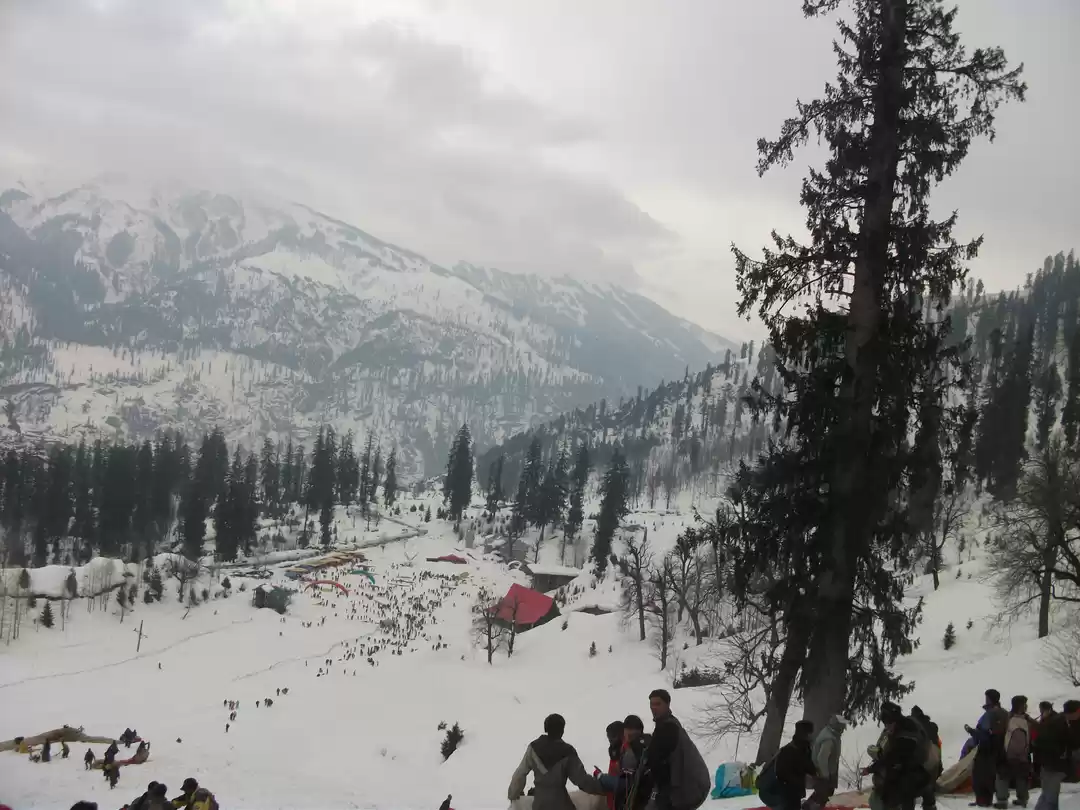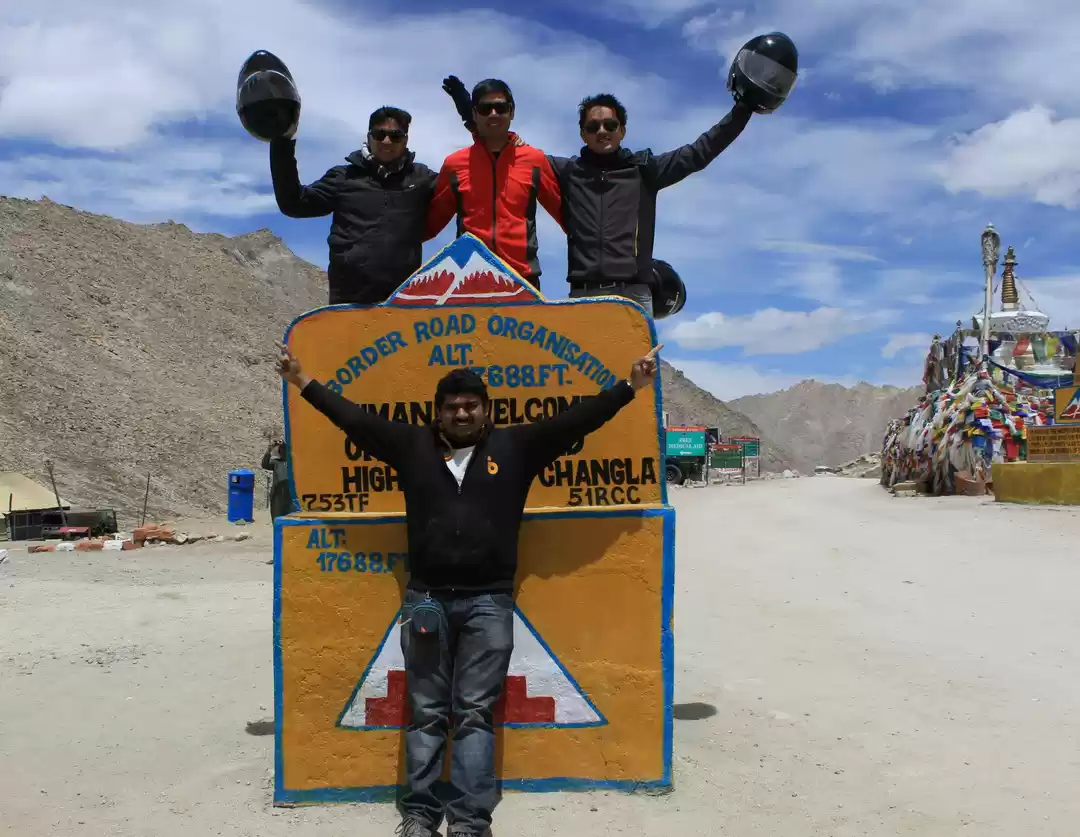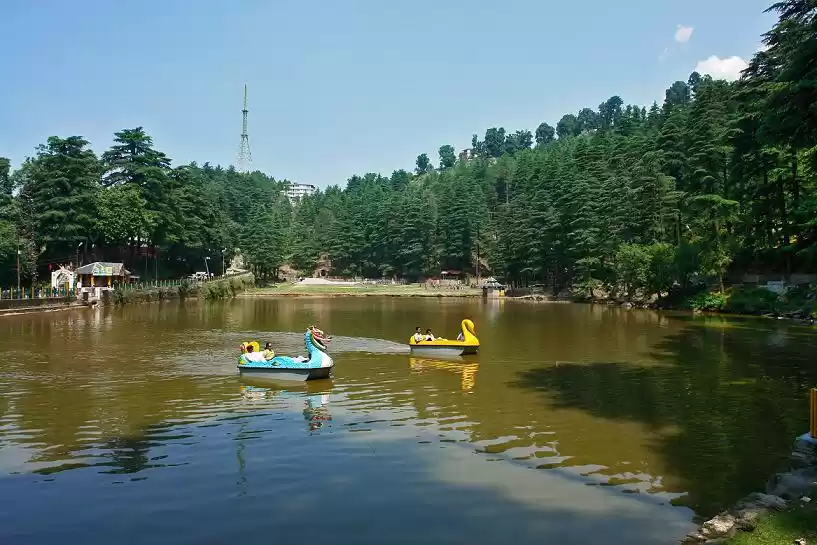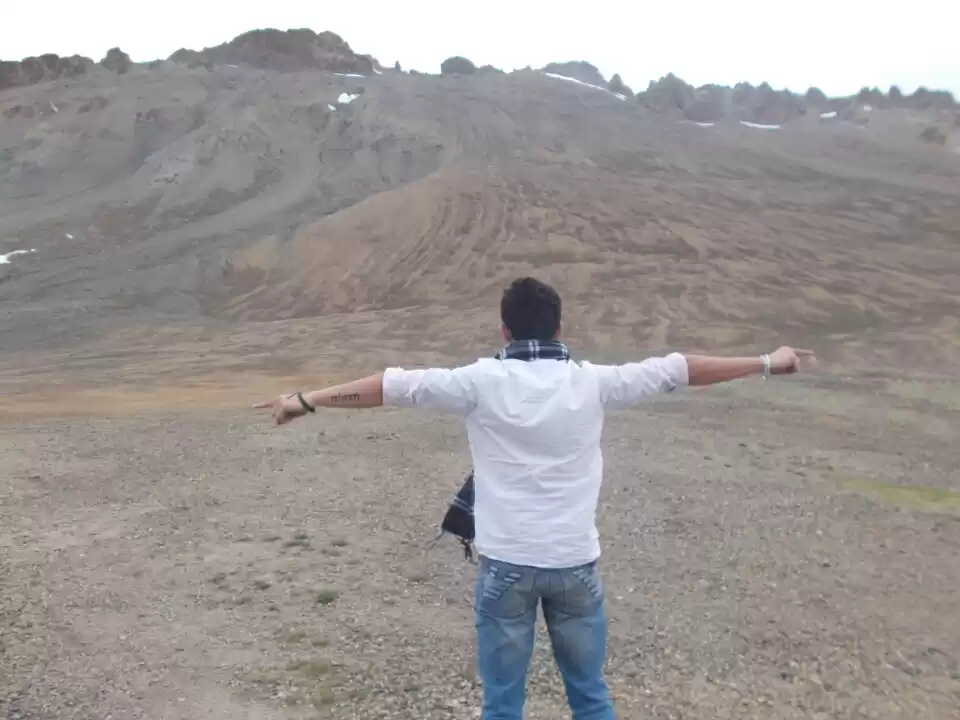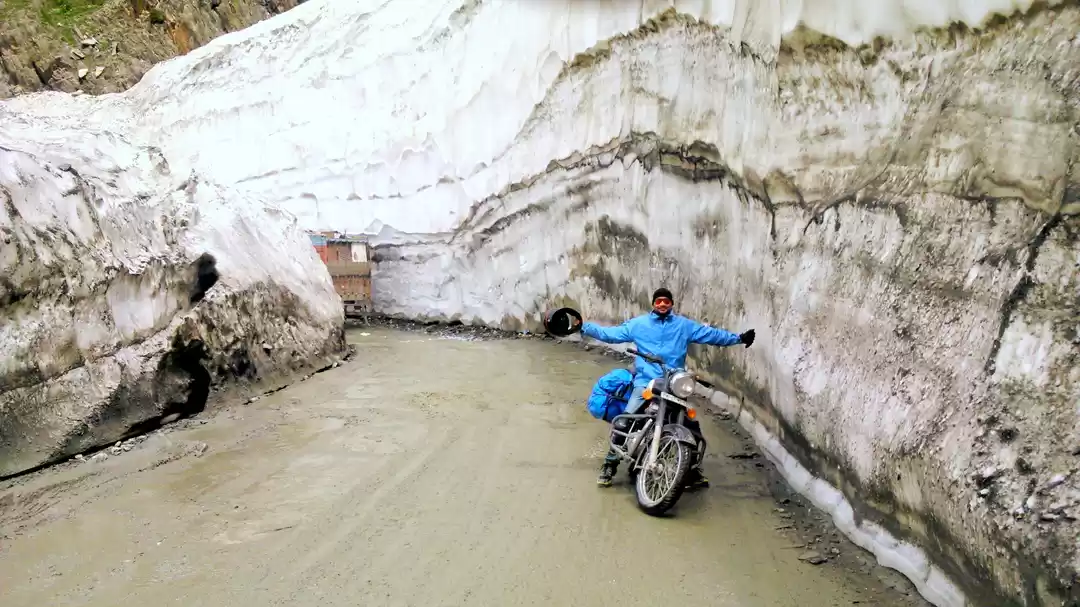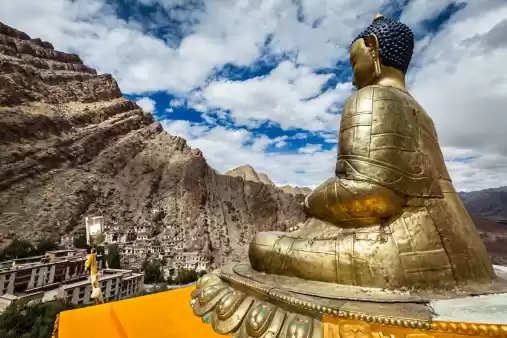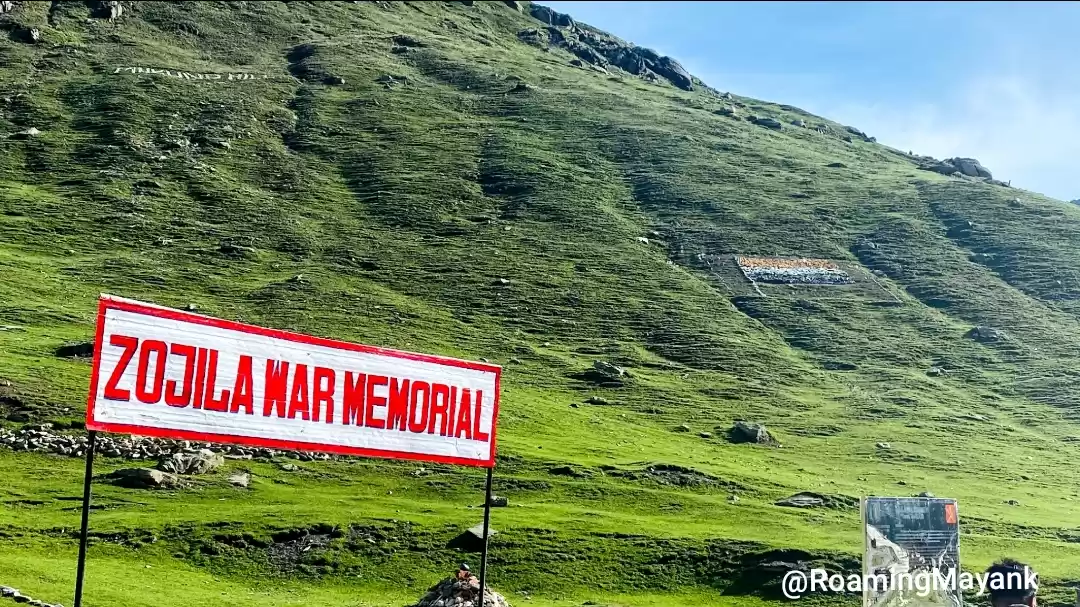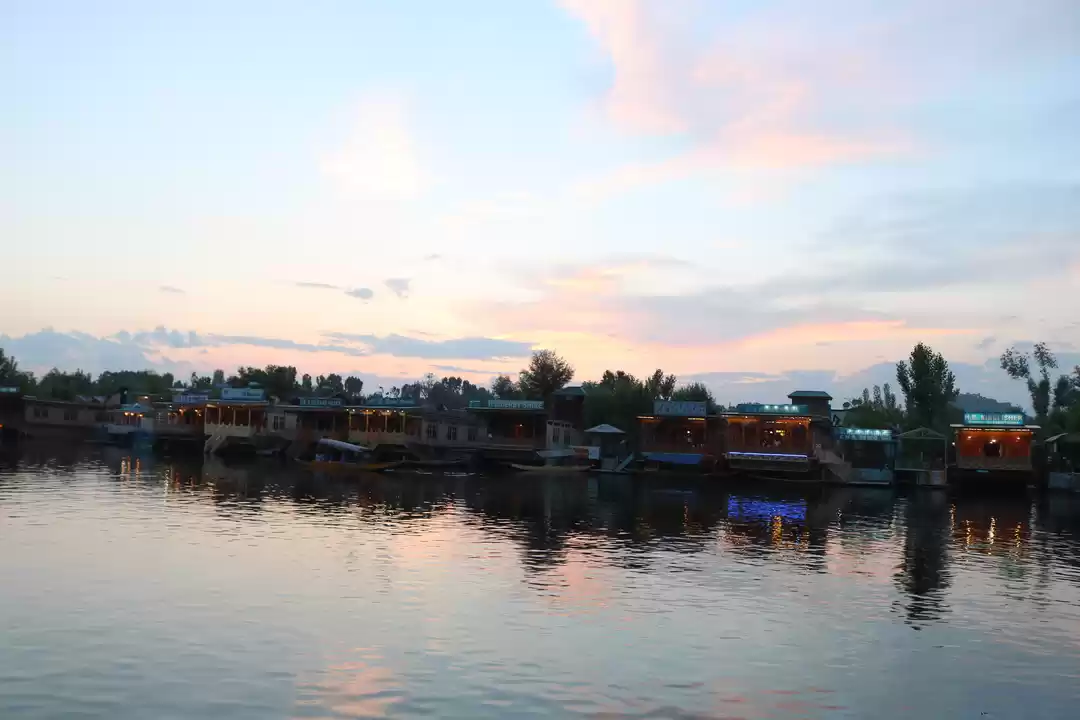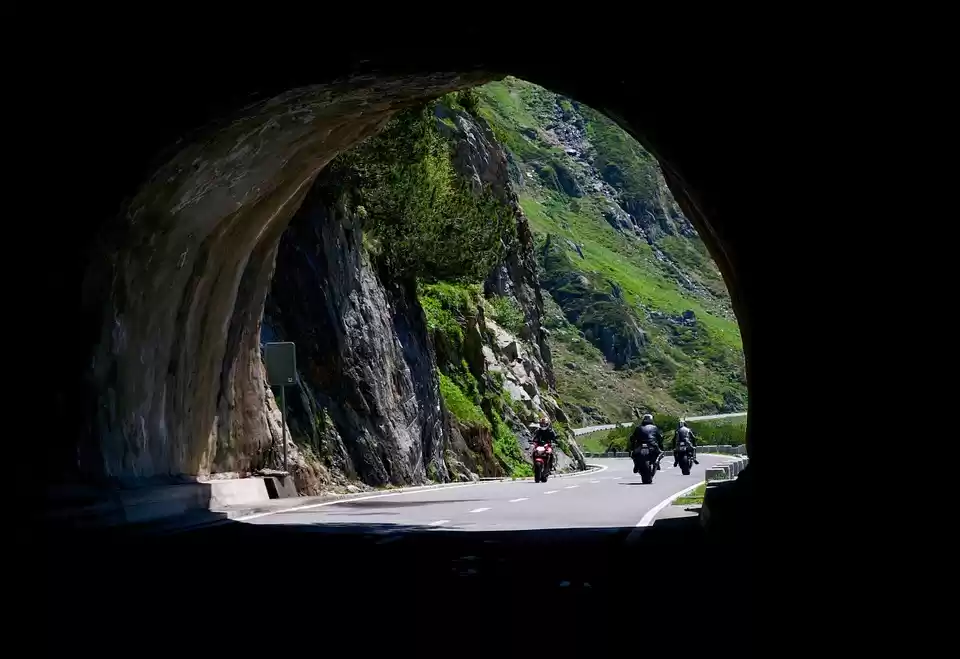Zojila Pass is one of the most fascinating and challenging places to visit in Ladakh, India. It is a high-altitude mountain pass that connects the Kashmir Valley with the Drass and Suru Valleys, and the Indus Region. It is the second-highest pass on the Srinagar-Leh National Highway, and one of the most difficult and dangerous roads in the world. But it is also a place of stunning beauty, thrilling adventure, and rich history. In this article, we will tell you everything you need to know about Zojila Pass, and why you should add it to your bucket list.

Location and Elevation of Zojila Pass
Zojila Pass is located about 108 km from Srinagar, the capital of Jammu and Kashmir, and 15 km from Sonamarg, a popular hill station. It is situated at an elevation of 11,575 feet (3,528 meters) above sea level, and is the second-highest pass on the Srinagar-Leh National Highway, after Fotu La (13,478 feet or 4,108 meters). Zojila Pass acts as a vital link between the Kashmir Valley and the Drass and Suru Valleys, which are part of the Ladakh region. It also connects the Indus Region, which is the heartland of Ladakh, with the rest of India.
History and Significance of Zojila Pass
Zojila Pass has a long and illustrious history, dating back to ancient times. It was an important trade route between India and Central Asia, and was used by caravans of merchants, pilgrims, and explorers. It was also a strategic location for military campaigns and invasions, as it was the gateway to Ladakh and Tibet.
The most notable event in the history of Zojila Pass was the Indo-Pakistan War of 1947-48, when Pakistan tried to capture Kashmir by invading through the pass. The Indian Army, led by Major General Thimayya, launched a daring and decisive operation, codenamed Operation Bison, to recapture the pass from the Pakistani forces. The operation involved the use of tanks, artillery, and infantry, and was a remarkable feat of engineering and logistics, as the pass was covered with snow and ice, and had narrow and steep roads. The operation was successful, and the Indian Army regained control of the pass, and secured the access to Ladakh. The operation is considered one of the greatest military achievements in the history of India, and a monument to commemorate the victory stands at the pass.
Zojila Pass is also significant for the local people, as it is their lifeline to the outside world. The pass provides them with essential supplies, such as food, fuel, and medicine, and also enables them to travel and trade with other regions. The pass is also a source of income and employment, as many locals work as drivers, guides, porters, and vendors along the road.
Zojila Pass is also a major attraction for tourists, who come to witness the breathtaking views, the thrilling adventure, and the historical legacy of the pass. The pass is a must-visit destination for anyone who wants to experience the true essence of Ladakh.
Attractions and Activities at Zojila Pass
Zojila Pass offers a plethora of attractions and activities for the visitors, who can enjoy the scenic beauty, the adrenaline rush, and the cultural heritage of the pass. Some of the main attractions and activities are:
Views: Zojila Pass offers spectacular views of the valley, mountains, and glaciers, that will leave you spellbound. You can see the lush green meadows of Sonamarg, the snow-capped peaks of the Himalayas, the majestic Drass Valley, the frozen Zojila Lake, and the colossal Drang Drung Glacier, which is the largest glacier in Ladakh. The views are especially stunning during sunrise and sunset, when the sky and the landscape are painted with vibrant colors.
Adventure: Zojila Pass is a paradise for adventure seekers, who can indulge in various activities, such as trekking, camping, biking, skiing, and snowboarding. The pass offers some of the most challenging and exciting trails and slopes, that test your skills and endurance. You can also experience the thrill of driving or riding on one of the most dangerous roads in the world, that has sharp curves, steep gradients, and narrow lanes. The road is often blocked by landslides, avalanches, and snowstorms, and requires utmost caution and expertise. The road is also frequented by army convoys, trucks, and buses, that add to the challenge and the fun.
Wildlife: Zojila Pass is home to a variety of wildlife, that can be spotted along the road or in the nearby forests and meadows. You can see animals such as yaks, horses, sheep, goats, marmots, foxes, and wolves, and birds such as eagles, hawks, vultures, and magpies. You may also encounter the rare and elusive snow leopard, which is the apex predator of the region, and the symbol of Ladakh.
Culture: Zojila Pass is also a place of cultural diversity and harmony, as it is inhabited by people of different religions, ethnicities, and languages. You can interact with the locals, who are friendly and hospitable, and learn about their customs, traditions, and lifestyles. You can also visit some of the ancient and sacred sites, such as the Kargil War Memorial, the Zojila War Memorial, the Zero Point, and the Amarnath Cave, which are revered by the Hindus, Muslims, Buddhists, and Sikhs alike.
Future Prospects of Zojila Pass
Zojila Pass is not only a place of the past and the present, but also of the future. The pass is part of the proposed Zojila Tunnel project, which will be the longest bi-directional tunnel in Asia, and will reduce the travel time from more than 3 hours to just 15 minutes. The project aims to provide all-weather connectivity between Srinagar and Leh, and to boost the development and tourism of the region. The project is estimated to cost around Rs. 6,800 crore, and is expected to be completed by 2026. The project will also involve the construction of two smaller tunnels, one at Meenamarg and one at Baltal.
The Zojila Tunnel project will have several benefits, such as:
- It will improve the accessibility and mobility of the people, especially during the winter months, when the pass is closed due to heavy snowfall.
- It will enhance the security and defense of the region, as it will facilitate the movement of troops and supplies, and reduce the vulnerability to enemy attacks.- - It will boost the economy and employment of the region, as it will create new opportunities for trade, commerce, and tourism, and generate jobs for the locals.
- It will preserve the environment and ecology of the region, as it will reduce the carbon emissions, noise pollution, and soil erosion caused by the vehicles on the road.
The Zojila Tunnel project will also pose some challenges, such as:
- It will require a high level of engineering and technical expertise, as it will involve drilling through hard rock, unstable soil, and high water pressure, and coping with extreme weather conditions, such as snow, rain, and wind.
- It will face some social and political opposition, as some people may perceive it as a threat to their identity, culture, and sovereignty, and may demand compensation, rehabilitation, or participation in the project.
- It will impact the existing attractions and activities of the pass, as it will reduce the exposure and visibility of the views, the adventure, and the history of the pass, and may affect the wildlife and the culture of the region.
- The Zojila Tunnel project is a visionary and ambitious project, that will transform the Zojila Pass, and the Ladakh region, in many ways. It will be a game-changer for the people, the economy, and the tourism of the region, and will also be a landmark achievement for the country.
Conclusion
Zojila Pass is a gateway to Ladakh’s wonders, that offers a unique and unforgettable experience for the visitors. It is a place of beauty, adventure, and history, that will captivate your senses and your imagination. It is also a place of diversity, harmony, and development, that will inspire you and your future.
If you are looking for a destination that will challenge you, thrill you, and enlighten you, then Zojila Pass is the place for you.


